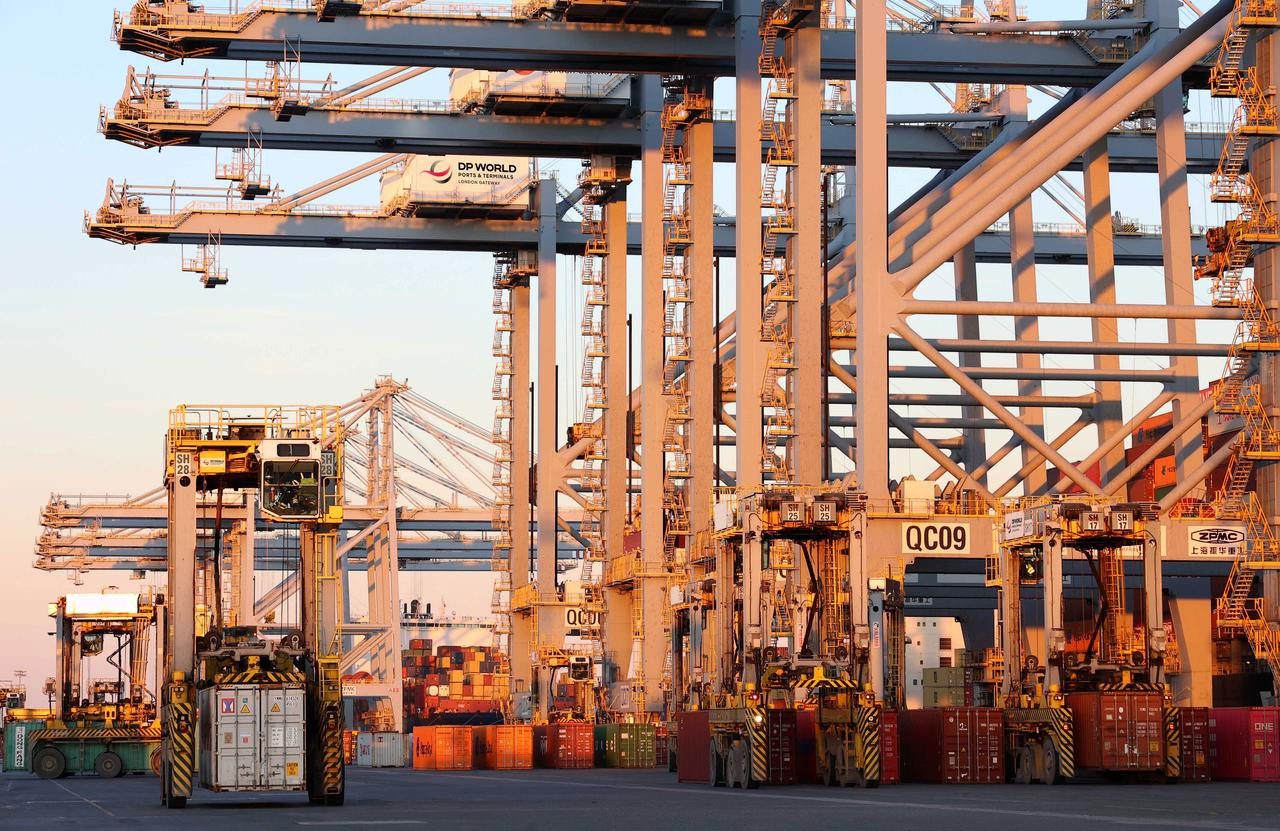 OSLO (Dow Jones) –Norwegian oil giant Statoil ASA (STO) said Thursday it expects global oil demand to peak at 103 million barrels a day around 2030, adding it expects increasing complexity to push production costs higher for marginal barrels.
OSLO (Dow Jones) –Norwegian oil giant Statoil ASA (STO) said Thursday it expects global oil demand to peak at 103 million barrels a day around 2030, adding it expects increasing complexity to push production costs higher for marginal barrels.
In a report, the company estimated the current cost of marginal oil barrels to be in the range of $75-$90, up from only $30-$35 a barrel in the early 2000s. The most expensive barrels come from Canadian oil sands projects, the company said.
The record level of global oil prices in 2011 added to the debt burden of many oil-importing nations. If cheap, conventional crude oil is increasingly replaced by more expensive, harder-to-get barrels, it could dampen demand growth. For oil companies, higher production costs on new projects will likely reduce returns unless the oil price increases further.
“The steep rise in marginal full-cycle costs which started in 2004 were primarily driven upwards by the tightening of all supplier markets, but rising complexity of reservoirs and projects has also contributed to the higher cost level,” Statoil said, adding that increased complexity would “most likely” push costs higher in the long term.
The company’s Energy Perspectives 2012 report explained Statoil‘s view of future energy supply and prices, with forecasts out to 2040 for oil, gas, nuclear energy, renewable energy and coal.
Statoil said it expected the growth in global oil demand to be dampened by “relatively high prices,” technological progress and environmental policies, partly offset by increasing demand for private transport in emerging economies.
“Key uncertainty relates to future oil supply, with positive surprises in U.S. tight oil and the comeback of Libya as important signposts last year,” Statoil‘s report said, adding that “potential supply disruptions and uncertain long-term recovery factors” are affecting the outlook.
Statoil expected “a steady greening of the fuel mix” after coal “won the energy race” in the last decade. The company expected the fossil fuel share to drop from 81% in 2010 to 73% in 2040.
“[Coal] is expected to grow only moderately towards 2040 with an annual growth rate of 0.4%,” the company said, estimating oil at equivalent growth rates, “while natural gas continues on its strong development path with 1.6% per year.”
The company projected nuclear and renewable energy “to outpace all fossil fuels with growth rates of 2.2% and 2.5% per year respectively, with the clear winner being solar, wind and geothermal with 7.4% annual growth rate.”
Statoil also commented that “economic progress will continue to drive energy demand,” but due to technological progress the growth in energy demand will slow to an average of 1.1% to 2040, it said.
In 2011, Dated Brent oil averaged a record $111.26 a barrel, according to the BP Statistical Review, due to disruptions in the supply from Libya and several other countries. Despite high prices, lower demand in the Organization for Economic Co-operation and Development and the release of strategic oil stocks by the International Energy Agency, supply struggled to keep up with the increasing demand from growing Asian economies.
Statoil expects the OECD countries’ share of global energy demand to fall from 42% to 31% by 2040, with China and India combined surpassing OECD in 2040.
“This outlook forecasts an average growth of 1.9% for OECD economies towards 2015 as most of the countries, especially in Europe, face major brakes on growth,” Statoil said.
The oil giant said sanctions from the U.S. and the European Union embargo against Iranian oil had led to 500,000 fewer barrels produced a day in Iran so far. The Sudan conflict removed a further 300,000 barrels of supply, but U.S. tight oil production could reach 1 million barrels per day for the full year of 2012, and “production has the potential to grow massively over the next 5-10 years.
“From a top-down perspective U.S. tight oil production will most likely increase by an average of [250,000 barrels] per year between 2012 and 2020,” Statoil said, while concerns about potentially harmful environmental effects of hydraulic fracturing created uncertainty, but were assumed to diminish.
The policy-driven stagnation in U.S. oil demand and the revival of domestic oil supply means that U.S. oil imports will be reduced from 9 million barrels a day in 2011 to less than 6 million barrels a day in 2020, according to the report.
– By Kjetil Malkenes Hovland, Dow Jones Newswires

 Join The Club
Join The Club











